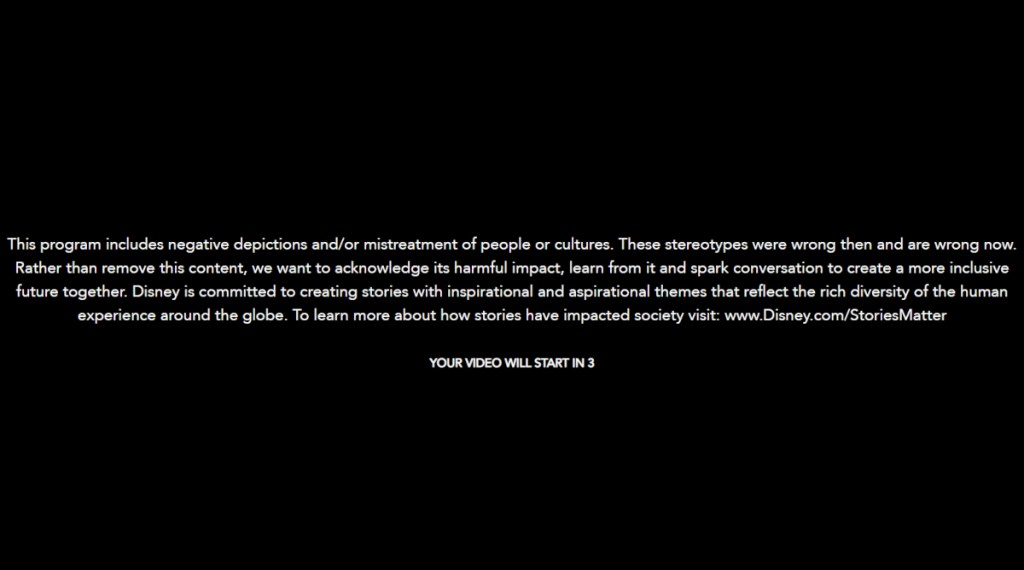Recently, news broke regarding the long-in-development Disney/Pixar TV series Win or Lose, which is coming to Disney+. Specifically, a storyline involving a trans girl athlete is apparently no longer part of the show. Disney explained the maneuver to THR with the statement, “When it comes to animated content for a younger audience, we recognize that many parents would prefer to discuss certain subjects with their children on their own terms and timeline.” Chanel Stewart, the young actress who voiced the character, later explained to Deadline that, while her character and voice work will remain in Win or Lose, dialogue and storylines related directly to this individual’s transness have been axed.
Videos by ComicBook.com
“It was upsetting because my daughter is transgender and this is her life. I felt like it was very important that we not hide that fact,” Stewart’s mom Keisha explained to Deadline. “There may be some parents out there who are not ready to have that conversation, but this is the world that we live in and everyone should be represented. Everyone deserves to be recognized.”
For her part, Stewart told the outlet, “I was very disheartened. Trans stories matter, and they deserve to be heard.”
While Stewart and her family’s position on this matter is clear, Disney’s statement on this change to Win or Lose is very aloof and vague. The situation’s strangeness only gets heightened when considering what other kinds of programs and movies kids have access to on Win or Lose’s broadcasting home, Disney+ — and one might be surprised to discover “certain subjects” that are good to go on this family-friendly platform.
Plenty of Provocative Material Is Allowed on Disney+

There was a time when PG-13 material from the Disney corporation could only exist under the Miramax, Hollywood Pictures, or Touchstone Pictures brands. That all changed with Pirates of the Caribbean: The Curse of Black Pearl becoming the first PG-13 Walt Disney Pictures title in 2003. Suddenly, the floodgates were opened. Disney’s castle logo could precede all kinds of material that now has a permanent place on Disney+. This includes the famous Pirates of the Caribbean: At World’s End opening sequence where a slew of pirates, including a young child, are publicly executed via hanging.
This motion picture, heavily promoted towards children and intertwined with one of Disney’s most famous theme park attractions, was just the tip of the iceberg for surprisingly coarse Disney projects. After all, by the end of the decade, Disney would buy Marvel and, starting in 2012, distribute Marvel Studios movies. Subsequent projects like Captain America: The Winter Soldier or Captain America: Civil War featured on-screen depictions of torture while Avengers: Endgame displayed Thor beheading Thanos (“I went for the head”) to reinforce the character’s interior angst. Disney had come a long way from the days of The Black Cauldron getting a PG rating seeming like a game-changing event.
Speaking of animated movies like Black Cauldron, even before the days of Jack Sparrow, Disney projects delivered all kinds of grim and even downright traumatic material to children. Initial trailers for Snow White and the Seven Dwarfs inspired anecdotal legends of young children shrieking in terror at the Evil Queen’s machinations. The Hunchback of Notre Dame, meanwhile, crammed in songs like “Hellfire” and plot elements related to genocide into a G-rated motion picture.
Then there’s Bambi, which often introduced young kids to the concept that their parents will eventually die for the very first time — definitely a weighty topic for young minds to grapple with, but also a necessary one. We all have to contend with death in one way or another: an animated Disney project like Bambi can be a useful tool to ingratiate youngsters into the nuances of reality. This 1942 motion picture, which also features a quail steadily losing her mind at an approaching hunter before getting shot, can be streamed at any time on Disney+.
[RELATED: Which MCU Disney+ Shows Could Be Renewed for Season 2? ]
The Win or Lose Scenario is Bizarre From Every Angle

Within the first year of Disney+’s existence, Disney added pre-movie warnings for “classic” (read: outdated) motion pictures like The Aristocats, Peter Pan, Aladdin, and many others, informing viewers that the following motion picture contains racist stereotypes. Infamous depictions of various marginalized racial identities still exist on the platform, they’re just accompanied by text informing younger viewers of the larger historical context they occupy. Such a maneuver is clearly meant to inspire important conversations between younger and older Disney+ viewers.
Disney+ is rife with productions containing weighty, troublesome, or traumatic (sometimes even a combination of all three) material that doesn’t require an extra log-in to access. More often than not, that’s a good thing. At their best, Disney projects have given kids a glimpse into wider worlds of art, culture, and human existence. Countless youngsters undoubtedly heard Tchaikovsky’s compositions for the first time through Sleeping Beauty, for example.
Other kids may have found vital solidarity with underdog characters experiencing extreme turmoil in various inspirational sports movies or animated features. Future generations may become more proactive in challenging societal norms after learning about historical erasure through Disney’s pre-movie warnings. Even just this past summer, Pixar’s own Inside Out 2 scored acclaim for having the lead character Riley undergo a realistic depiction of an anxiety attack, thus helping to normalize mental health struggles for younger moviegoers. Even Disney material meant to sell toys can help us process the world, rather than run from it.
Given the wide range of material available on Disney+, it’s shocking there wasn’t a place for Win or Lose’s trans storyline. Even with this discouraging setback, Chanel Stewart is still holding her head high regarding her contributions to the show. “I’m definitely one of the first [transgender girls] to do this!” Stewart explained to Deadline about her voice work in the Pixar production. “It’s a true honor to be a part of queer history.”
Win or Lose will premiere on Disney+ on February 19, 2025.








